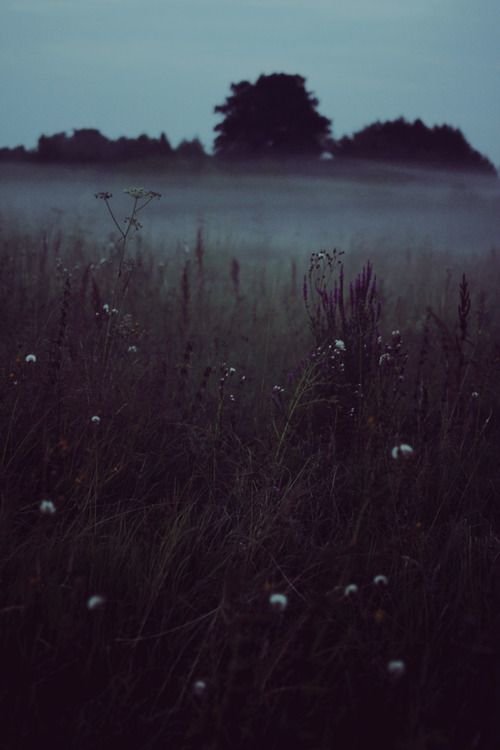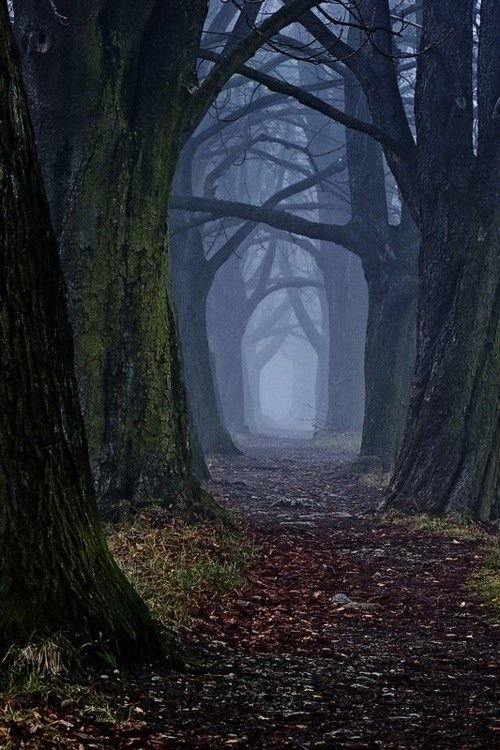
davide sorasio
Basic Member-
Posts
94 -
Joined
-
Last visited
Everything posted by davide sorasio
-
Hi everybody, I'd like to get a little smoothier in my 2nd ac duties and I'd like to know the best best to attach the camera notes on the back of the slate. I've seen/heard people use clipboard attached with velcro to the back of the slate. I've seen that the standard slate size is W11 x H9.5, do you think a clipboard 6x9 would fit the purpose? Do you know any other method to attach the camera notes on the slates? Thanks so much for the help!
-
Hi everybody. I have a doubt concerning shooting anamorphic on digital cameras. I know the different camera menus (I'm talking from my Epic and Alexa experience) give me the option to chose between 1.3x, 2.0x and 2.0mag (this last one I have no idea of what it is) anamorphic desqueeze factor but I have no idea of what the rule of tumb is and which one to chose according to what. Feel absolutely free to add anything else that you thing might make things clearer. Thanks a lot, Davide
- 18 replies
-
- anamorphic
- digital
-
(and 1 more)
Tagged with:
-
Manuals about digital cinematography
davide sorasio replied to davide sorasio's topic in General Discussion
gald to hear that is a good read! I've just ordered it! -
Hello everybody, I was wondering if any of you have any suggestion for me about a cinematography manual that covers the most recent topics like sensors, color spaces ect ect. Thank you so much, Davide
-
Hello everybody, I do not have a great knowledge on diffusions so I hope to find some answers here. I'll have to shoot inside a room during the morning but It's gonna have to look like dusk, or as close to it as I can. The room I'll shoot in has 2 windows, one facing north, the other facing east. What's the best kind of diffusion I can put on the windows to soften/spread the light to simulate a dusk look?I'm maybe also planning on putting some ND on the windows. Thanks so much in advance to everybody, Davide
-
Hello fellow Cinematographers. I can't find a solution to a problem related to a shoot I'll DP next week. I'll have to shoot a scene in the woods that in the story is supposed to be at night/dusk but I'll have no chance to shoot it during the actual night. I went to the location for a scout and tried to do some tests with an 80A filter (I know is not the right filter to use but it was the only option I had during the scout) to see if shooting at a certain time of the day avoiding direct sunlight would have got close to what I'm looking for. I've combined the 80A with a ultracon and the effect is not that bad, the only problem is that the green of the woods comes back a lot in certain portions of the frame and I don't want the frame to be completely washed in blue, making the actors's faces look unnatural. I've made some research and I saw that Tiffen has a cool day for nightfilter. Any experience with that? do you have any rough idea of how many stops is gonna cut (I know I have to underexpose for the day for night and I don't wanna end up loosing too many details and increase the noise ) ? and do you think is gonna wash everything too much in blue? Does using some kinos or other units help me bring back some color on the skintones? I was also thinking of using some ND grad and a hazer combined with the filter, but this is my first time shooting day for night and I'm really confused. I really wanna avoid a the cheap day for night look. Thank you so much!
- 4 replies
-
- day for nighttiffen
- filters
-
(and 2 more)
Tagged with:
-
Hello everybody. It might sound like a silly question but I was wondering what would happen if a party gel could anyhow be put in front of the lens (without doing a custom with balance with the filter in front of the lens). What would be the difference between doing this and using a glass filter? And what would happen after doing a custom white balance with the party gel in front of the lens? Thanks everybody, Davide
-
Thannk you guys, tons of great advise here! One last thing, I've never shot day for night, any tips/workflow? you think it might work in the woods even on a sunny day? i know it's better to underexpose, crash the highlights, put the subject in front of the sun and adjust the white balance as much as I can to make the image cooler.
- 23 replies
-
- filters
- filtration
-
(and 4 more)
Tagged with:
-
What is the difference between ND and ND attenuators?
- 23 replies
-
- filters
- filtration
-
(and 4 more)
Tagged with:
-
Hi everybody, I'm gonna shoot a thesis project at the end of the month and I started thinking about the look I'd like to achieve. I'm not super familiar with filtration and I wanna try to work with filters more rather than put all my trust into post production and color correction. I'm gonna shoot in the woods and the director would like to have a desaturated/soft/ dusk kind of look. I'll have to shoot day for dusk because I'll probably have access to the location during the day and not during actual dusk hours. I'll go to the filter gallery in NYC to make some tests but I'd like to hear everybody's opinion in order to make up my mind if there's a specific kind of filters I should check out. To be more clear I'm attaching a reference photo given to me. If it makes any sense I'm also planning on renting the artem exterior fogger. Thank you so much in advance for the help!
- 23 replies
-
- filters
- filtration
-
(and 4 more)
Tagged with:
-
Hello everybody, I've been thinking about it for a little time and I couldn't find an answer so I hope somebody could maybe give me some helpful tips. I know that the marks on a lens are put following a logarithmical pattern ( if I'm not wrong it means that the closer the more I have to spin the wheel). What I'd really like to know is how good ACs can remember by heart when it becomes necessary on the lens to start pulling faster etc etc. What I wanna know is if different lenses/manufactureres kind of follow the same patter (for example if after 8 foot marks become more distant between each others when you pull closer on a given focal lenght lens). And if not how ACs train their muscle memory on lenses they have never used. Thank you so much everybody!
- 1 reply
-
- pull focusac
- lenses
-
(and 2 more)
Tagged with:
-
Difference between RGB and YCbCr
davide sorasio replied to davide sorasio's topic in Camera Assistant / DIT & Gear
Ok, everything is way clearer now. I still have 2 doubts: 1) I've realized we've always talked about blue and red channel, what about the green? 2) I've been told that the difference between a raw image and an uncompressed rgb is the fact that in a raw image we store everything that the sensor has read, while in an uncompressed rgb we have the maximum info for an image on which a look has already been applied ( if it makes things clearer people were talking about the possibility of the sony F3 to record an uncompressed RGB with the help of an external recorder). Thanks so much! Davide -
Thank so much! this is really clear!
-
Hello everybody, can anybody tell me what circle of confusion is? I've looked for explanations but I could not find one that is easily understandable. Thanks in advance, Davide
-
Difference between RGB and YCbCr
davide sorasio replied to davide sorasio's topic in Camera Assistant / DIT & Gear
Thanks Phil. What I do not understand if it 's correct saying that RGB and YCbCr are 2 different signals and if they are actually signals. My doubt comes from the fact that in a brochure given me by Arri they say that they are 2 different signals, and that YCbCr is originated by an RGB. Also some of my teachers mentioned the possibility of some cameras to record an uncompressed RGB signals. For example from the alexa studio camera manual when they talk about internal recoring they state that pro res 444 is a RGB color space, while pro res 422 a YCbCr, and again that the YCbCr is originated from the RGB (so this mekes me suppose they are 2 different signals. They also say so in the brochure where they talked about signals and color subsampling). Is what I'm stating correct or not? Thanks so much, Davide -
Hi everybody, I'm trying to really get the difference between RGB and YCbCR. The problem is that I cannot find a consistent answer to this question. From what I know they are both signals. I know that RGB is always a 4:4:4 signal while YCbCr can be subsapled in different ways. I also know that YCbCr is originated by the RGB because this last signak is redundant so (what does ut exactly mean?). I also would like to know the difference between a 4:4:4 RGB and a 4:4:4 YCbCr, don't they both have the maximum chroma and luminance sampling possible? Thanks so much!
-
Hi everybody, I'm still a student and I've never connected a camera to a monitor through a wireless device (I know really common one is the teradek beam). I've tried to look for tutorial but nothing valuable came out. I'll be on a shoot next week that is gonna use ione and I'd like to be prepared so I'm asking for help out here. Another thing I'd like to know is how the wireless follow focus would be connectd to a camera. I also ran into terms like decoder and encoder and I'm looking for an understandable answer to what the difference is. Thanks so much for your help!
- 3 replies
-
- acwireless
- dit
-
(and 3 more)
Tagged with:




